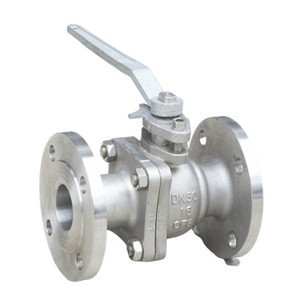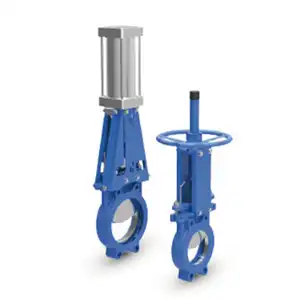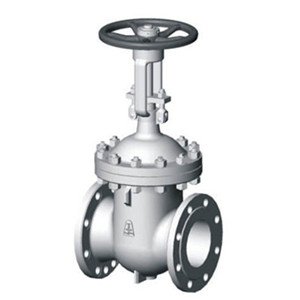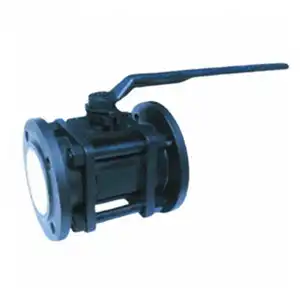Valves Series
A valve is a device used to control the direction, pressure, and flow of a fluid in a system. It also can also control the of speed the medium flowing in piping or equipment to flow, either by increasing it, partially obstructing it, or stopping it completely. Additionally, they can also control liquid levels, pressures, and temperatures, depending on the purpose of the machinery it is located on. They have many industrial uses, including water and sewage processing, oil, gas, and petroleum processing, chemical manufacturing, and mining.
We carry a variety of valves in stock, including the ball valves, knife gate valves, gate valves, and ceramic valves.
In mining, valves are used as a control component in the pipeline fluid conveying system and are generally used to change the cross-section of the passage and the direction of the flow of the medium. They can vary widely in styles and specifications. For example, complexity in valve designs used for fluid control can range from a simple globe valve to extremely complex automatic control systems. The nominal diameter of a valve can range from very small, like those used for instruments, measuring 0.1mm, to very large, like those used in industrial piping, measuring up to 10m in diameter. Valves can be used to control the flow of various types of fluids, gasses, and slurries, including water, steam, oil, gas, mud, various corrosive media, liquid metals, radioactive fluids, and foam. Working pressures can range from low to ultra-high (0.0013MPa to 1000MPa), and working temperatures can range between -270C and 430C.
Valves can be controlled by a variety of transmission methods, including manual (via the handle, lever, pedal, or wheel), electric, hydraulic, pneumatic, turbine, electromagnetic, electro-hydraulic, spur gear, and bevel gear drive. The simplest versions are called “check valves,” and open and close without the need for sensor signals, but rather on the pressure of flow building up in a pipe until it is pushed open. More advanced versions involve preset configurations, sensor signals, and alarms that react to flow, pressure, and temperature. These designs rely on driving or automatic mechanisms to create a lifting, sliding, and swinging movements, to make the opening and closing member lift, slide, swing or swing, thereby changing the size of its runner area to achieve its control function.





